The Ultimate Adventure: Competing in the 24 Hour Sniper Adventure Challenge
The Ultimate Adventure: Competing in the 24 Hour Sniper Adventure Challenge
The 24 Hour Darrin Fink Memorial Sniper Adventure Challenge is roughly an adventure race with guns. Having competed in the first of these challenges (and having had my butt summarily kicked by it), it took me a few years before I was ready to take another run at it. This past March, I signed up again with a friend I knew through both GORUCK events and the ITS Muster, Paul Apple. This time, I’d be taking the role of long gun shooter, while Paul would take on the role of carbine shooter. I was determined to apply the lessons I learned from participating in the first challenge and in the end, those lessons proved valuable, though there’s always more to be learned.
For months leading up to the event, I constantly reevaluated my packing list. The end was goal sticking as close to the required gear list as I could, which is something I didn’t do last time. I rucked under weight, trying four different rucksacks (Arcteryx Khard 60, Alps Outdoorz Commander, Eberlestock Phantom Sniper and the Arcteryx Khard 45), eventually settling on the Khard 45. I moved a significant portion of the required equipment to an LBX chest rig, thus distributing the weight better and allowing me to keep the pack right under 30 lbs. total.
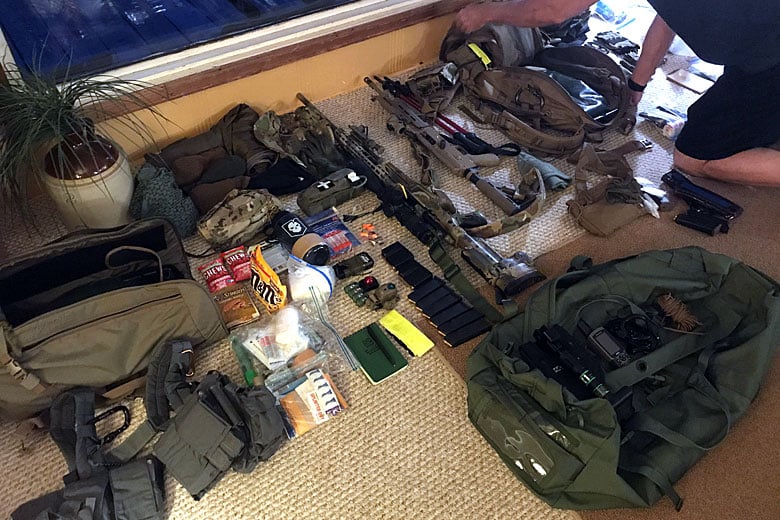
I tried to do 16 mile rucks every other weekend and 5-mile runs every Monday, Wednesday and Friday. I did a fair amount of weight lifting and biked about 30-40 miles a week. I definitely felt more ready this time, but in the end I also felt woefully unprepared. The fact that I was now approaching 48 years of age didn’t help, but I was counting on being able to push myself further than I would be comfortable with.
Sticking to the List
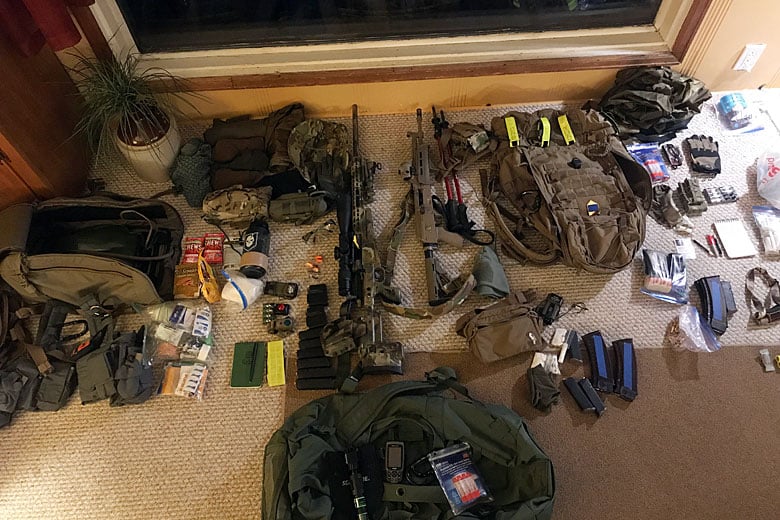
As for gear, the only non-required items I brought were four pairs of socks and a Sig Kilo 2000. The last time I ran this race my feet were shredded, so I spent a lot of time addressing blisters and changing socks between the two pairs I’d brought. Thus, the underlying reason for the socks was that fresh socks are always a situation improvement. The reason for the Kilo 2000 was to use it both for range-finding and spotting.
2017’s 24 Hour Sniper Adventure Challenge was in a new venue; the Q Creek Ranch, located in Hanna, Wyoming. We drove out from California and Nevada and ended up in Casper, a little over an hour north of the Q Creek Ranch.
Check-In and Muster
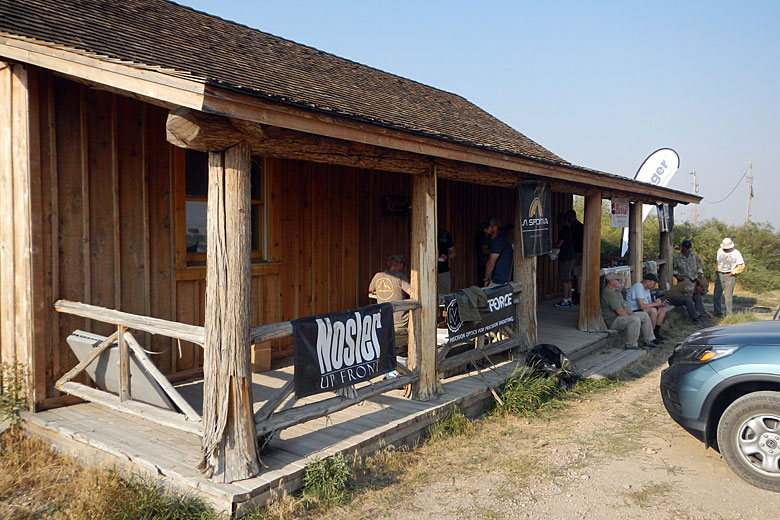
Check-in was between 1700 and 1900 on Friday, September 7. At check-in, competitors signed their waivers, had their weapons checked for safety and paid the radio deposit fee. They then received a radio preprogrammed on the competitor network, as well as a packet of information detailing the rules of the match.
Each competing team also received a map and had to mark a danger area on that map as shown on the displayed range map. We checked in, went through the steps and took a quick look at the muster location for the following morning. We then headed back north to Casper, where we’d rented a cabin to share with our team and another team of friends competing.
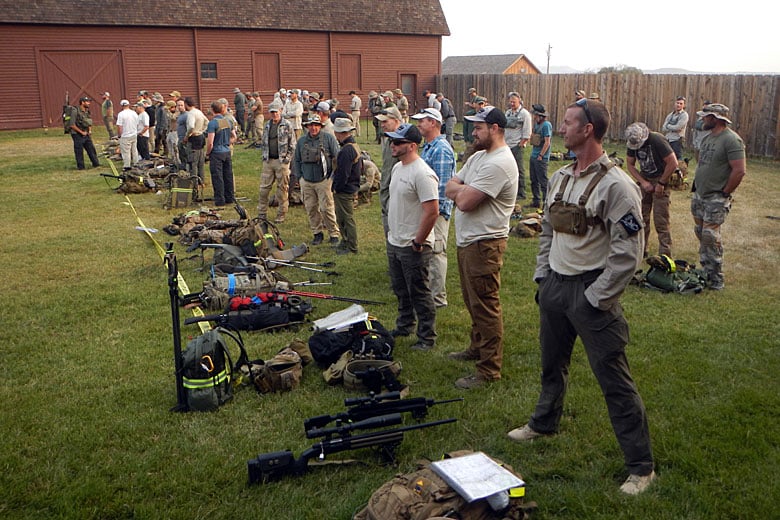
Muster for the competition itself was at 0800 on Friday, September 8th. My partner and I arrived at about 0730 and the parking lot was already full of competitors making preparations for the event.
Everyone lined up behind a yellow line between two barns and Competition Dynamics’ Zak Smith said a few words about Darrin Fink, thanked the match sponsor, then described the rules of the contest that were detailed in the packet each team received the day prior. He then answered questions contestants had and described the two first mandatory checkpoints and how each one would work.
Into the Drink
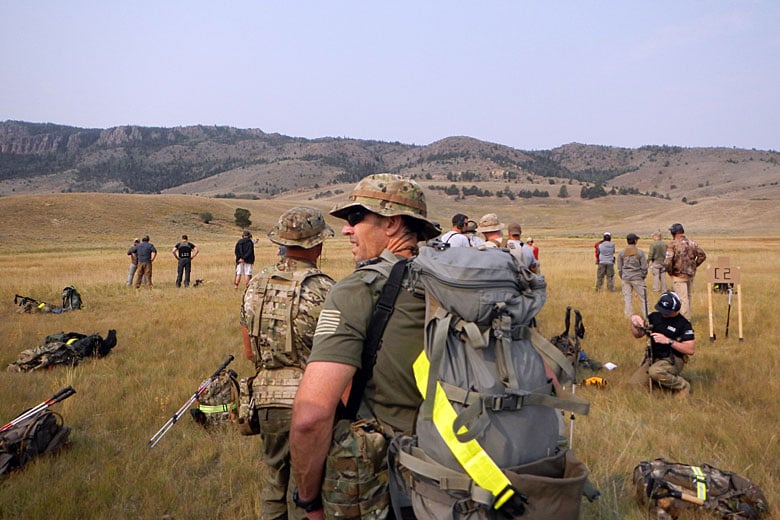
After that, range officers handed out plastic bags and duct tape in order to seal GPS and phone devices to prevent use unless in emergency settings. Then came the gear check; every competitor opened their packs and presented select required items as they were listed by range staff. With that done, everyone moved to the first checkpoint where our task was to cross through water with our gear, ensuring everyone would be wet to start this match.
Some competitors stripped down to skivvies, some got completely naked and some just went in with the clothes they were wearing; lifting their bags above their heads and making their way across the muddy pond. The water was chest to neck deep depending on competitor height and the muddy bottom pulled hard on your feet while you crossed. One competitor lost his pants to that mud and had to compete in his underwear and a towel-like cover for the rest of the match. The more-prepared contestants had brought contractor bags to waterproof their packs, despite the fact that those bags weren’t part of the required gear list. For Paul and I, we held the packs aloft and made the slog across the pond, with the mud tugging at our boots the entire way.
The Separator
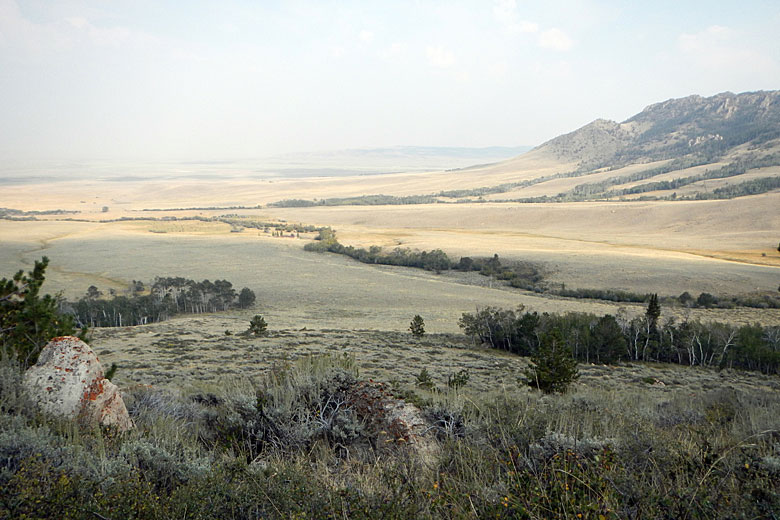
After everyone had crossed the pond, they made their way to the second mandatory checkpoint. This shooting stage was called “The Separator” and required each shooter to make 2 hits with a pistol at about 25 yards, then 2 hits with their rifle shooting off hand and unsupported at about 100 yards. If a competitor missed two shots with rifle in a row, the whole team went to the back of the line and went through the stage again, until they passed.
Some teams nailed this on the first try, while some took two or more attempts. Some teams spent a good portion of the morning and early afternoon repeating this until they got it right. You could not proceed with the rest of the race until you had passed these first two mandatory checkpoints, after which you would receive your navigation challenge grid coordinates, mission phases and schedules. Each team also had to develop a mission plan, document it and hand it in to a range officer.
Choose Your Own Adventure
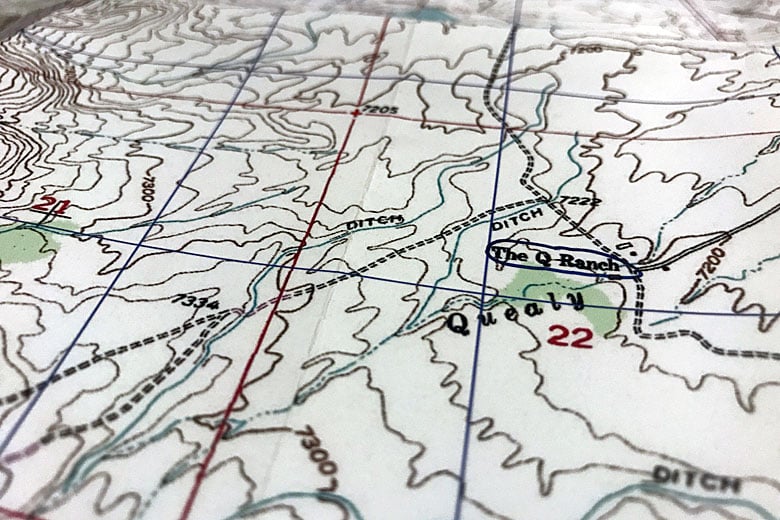
Upon completion of the second mandatory checkpoint, each team was free to “choose their own adventure.” The match was setup with four different “points of interest” (the first being a lake), where different challenges could be attempted. There was also a schedule for what challenges would be available at what locations, divided into basically three “phases.” There was one land navigation mission, consisting of a number of checkpoints and teams were allowed to chart their own paths in order to hit as many checkpoints as possible.
In order to “finish,” a team had to hit at least 12 land nav checkpoints, as well as complete twelve challenges. This included the first two mandatory challenges and the one completed by handing in a mission plan to a range officer. Successful completion of challenges would net points for a team, as would successful discovery of land nav checkpoints. This made it possible for a team to not “finish,” but still have more points than a team that did “finish.”
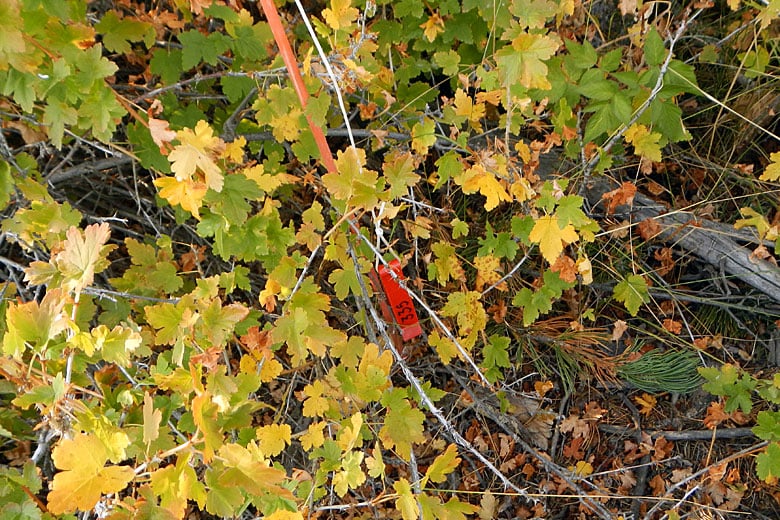
We plotted out our land nav coordinates and developed a plan for hitting a number of them. The actual layout of the land nav coordinates was pretty devious (and I say that with much respect to Competition Dynamics for setting it up the way it was).
In order to acquire the “finishing” number of checkpoints, you pretty much had to commit to doing one of the big loops throughout the basin, which would put at least 22 miles on your feet, on top of approximately 30+ miles just to hit the checkpoints near the four points of interest.
We engaged in a few, but not all, of the shooting stage challenges. Some of them took longer than others, like the second one we took, in which shooters had to hit targets between 300-800 yards. This was complicated by the low angle from which we were shooting.
Often, targets weren’t visible from the prone position, so we would stack backpacks on top of each other and shoot from the soft, unstable position those provided. Another challenge was to re-assemble an AK pattern rifle and then hit a target 4 times at 75 yards.
Beelzebub’s B-hole
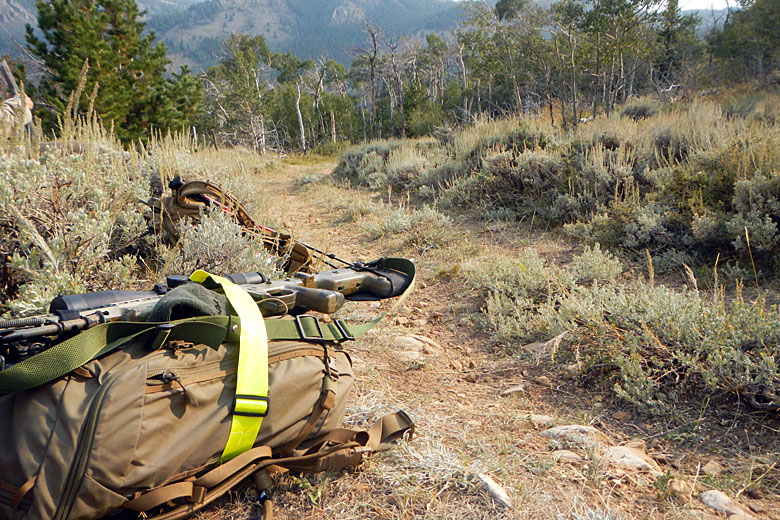
After we completed a number of challenges at the shooting stage section, we headed up the side of the western edge of the basin to snag the checkpoints near the CTS point of interest. As we climbed, we gave this ridge a variety of names in the spirit of a landmark we’d seen en route to the challenge. Beelzebub’s Butthole, Lucifer’s Poopchute, The Devil’s Scrotum and Satan’s Rectum were some of the chosen names we used to describe the steep vertical climb as we plodded our way to the top.
Once we hit the top, we found the four checkpoints, before making our way to the CTS point of interest. Unfortunately, we didn’t make it to the CTS point before the end of Phase 1, so we sat tight waiting for Phase 2’s starting time. At 2000, we completed three challenges at CTS. These included a wellness check, where team members were asked about the effects of the challenge thus far, as well as a handful of questions used to deduce our current state of reasoning abilities/cognizance.
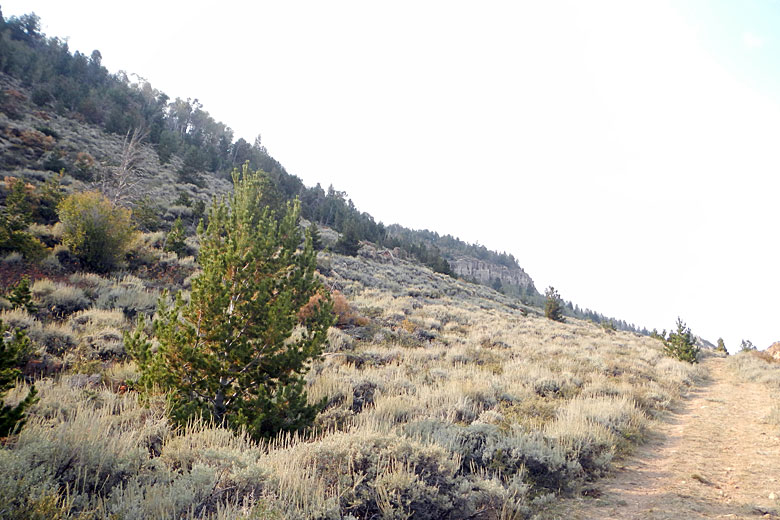
There was also a knot-tying challenge and a “creative communications” challenge, where one team member would have to transmit a message to the other team member without using words. Paul started ours with controlled flashes of light, which I mistook as being Morse Code before realizing that I should have simply been counting the flashes. He then switched to using knocking noises and I was able to get the last few characters, but still had the first one wrong, as I hadn’t been counting.
Back Down the Hill
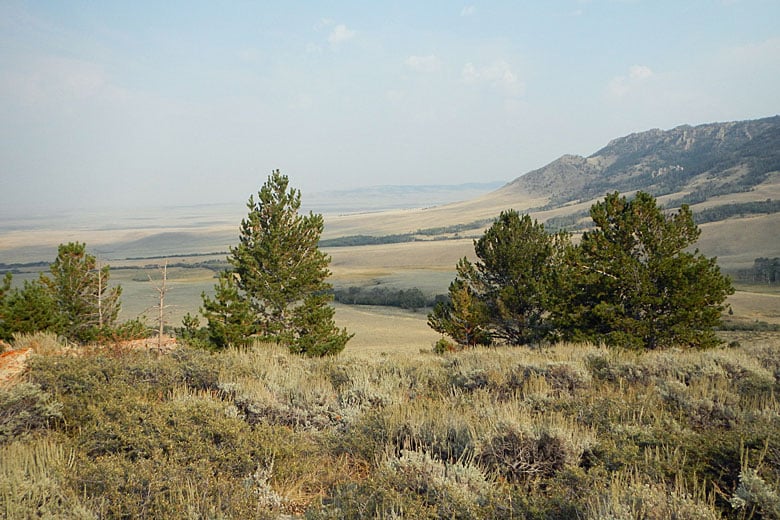
Once we’d completed the challenges at CTS, it got pretty windy and rain started falling. Under those conditions, we headed back down the Devil’s Scrotum in order to stop at HQ for water, then head out towards “ODR,” a seventies-era ranch home that would be the next challenge station. We hit one of the land nav checkpoints along the way and then after the long slog to the ODR point of interest, we went around to the back of the ranch house and entered, in order to take on a few more challenges.
Escape, Investigate, Breach and Communicate
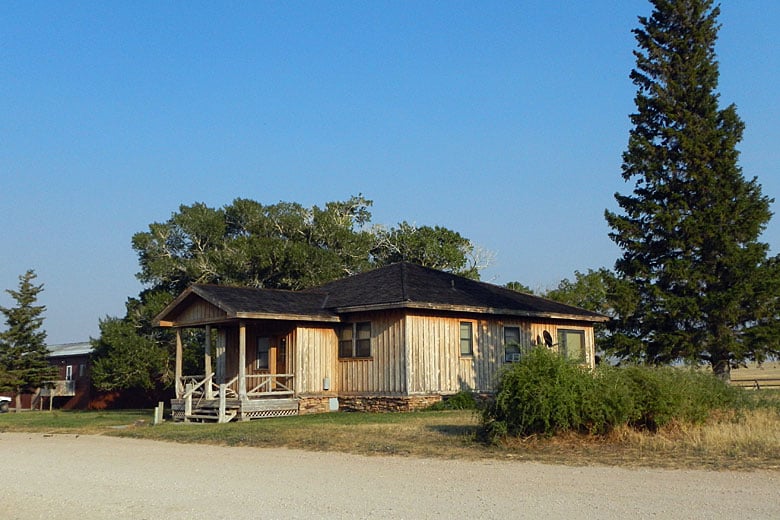
The first challenge inside was the handcuff-escape challenge. Paul normally keeps a handcuff key on his keychain for his truck, but had left those keys back in the vehicle we were prohibited to return to until after the contest was over. I had actually intentionally shoved a small handcuff key into my pack, but was unable to find it, so we went with option two, which was to bribe the RO with ammunition in order to secure our freedom within the time limit.
The next challenge was to find ten pieces of intel in the kitchen/dining room of the lower floor of the ranch. We were able to find six of them and almost seven, as Paul had noticed something inside the range fan, but we hadn’t opened it up to make sure. As such, we were scored accordingly. After that challenge, we headed upstairs to attempt to gain access to a laptop running Ubuntu with what was described as “one of the most commonly used passwords of 2016”. We tried a slew of commonly used passwords, but none worked. I then asked if it was permissible to game the system by rebooting the machine in single user mode, then resetting the password, for which we got partial credit. In the end, the password was “Pa$$w0rd!” which I felt like a moron for not guessing.
After accessing the laptop, one team member was taken to another room containing a few dossiers, while the other teammate would describe a photograph of a suspect shown on the laptop over the provided radios. This was trickier than it sounds like; a number of the dossiers showed similar suspects, so attention to detail was key.
There was one bonus point opportunity at the ODR point of interest; one room of the ranch, for unknown reasons, had a floor covered with an absurd number of dead flies. If each member of a team was willing to eat a fly, the team could net 10 bonus points. We did not get those points. As it turns out, the winning team did, showing the level of commitment it would take to win this thing.
Bivvying with the Wildlife
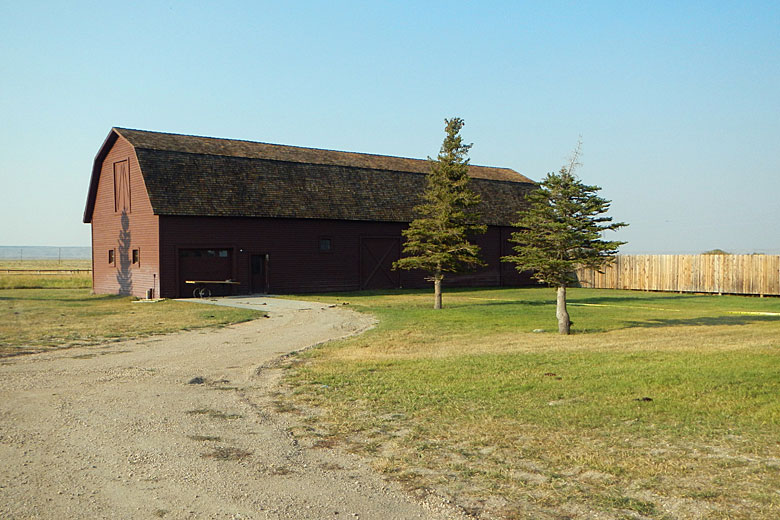
When we left the ODR, we hit another land nav checkpoint a bit further North, then upon returning decided to take a brief rest next to an old burned down barn. We broke out the emergency space blankets and turned ourselves into burritos, then slept a restless sleep for about 2 hours before awakening to see that a group of about 20 cows had discovered us and were standing about 25 yards away, just staring.
I had my point and shoot camera in a cargo pocket, but the noise I made in retrieving it was enough to scatter the cows. We then donned our packs and headed back towards the shooting stage point of interest, which would be opening in about 45 minutes.
Shooting Stage, Phase 3
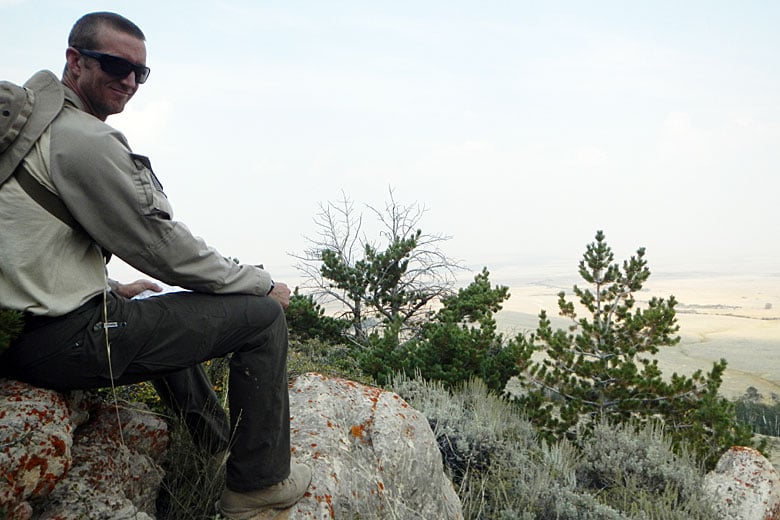
Once the Phase 3 shooting stages opened, we ran through both challenges. The first was a pistol/carbine challenge, wherein the long gun shooter was to hit close targets with a pistol, while the carbine shooter addressed longer range targets with the carbine. In this challenge, my partner and I both suffered from problems with our sights.
In my case, I’d just recently had my standard Glock 19 sights replaced with Trijicon HD sights and really would have benefitted from adjusting them myself, rather than trusting the gunsmith to have done that. My point of aim was repeatedly higher than my point of impact. In my partner’s case, he was running into issues with using a 1x red-dot optic, as opposed to a variable magnification optic. Live and learn!
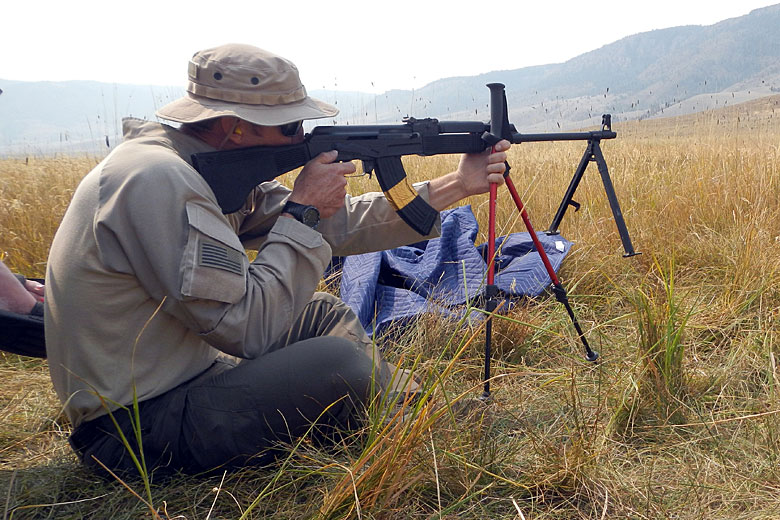
The second challenge was another carbine/long gun challenge, with targets between 300-450 yards for carbine and long gun targets between 300-800 yards. As was the case with the Phase 1 shooting challenge mentioned earlier, the real problem was the height of the targets. They were all pretty low to the ground and due to the tall grass between the shooting position and those targets, they were often difficult, if not impossible, to see without elevating the gun by a few feet.
This isn’t to say that it was a fault with the challenge; this was intentional and made to force the shooter to shoot from an unstable position, increasing the difficulty of the shots. A really tall bipod, or shooting sticks, would have made hitting these targets a lot easier. However, at the same time, this would have also added to the weight of the load competitors would have to carry for the duration of the challenge.
A Man Has To Know His Limits
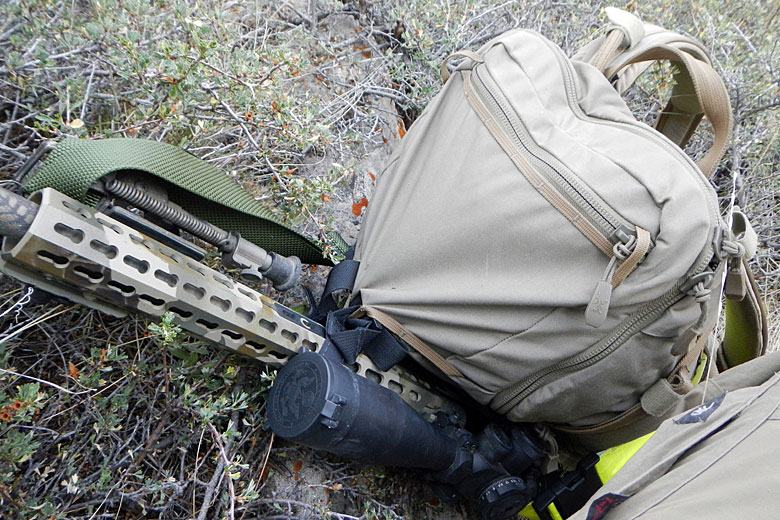
After we were done at the Phase 3 shooting challenge location, we moved out to hit more land navigation points. By this time, we were approaching 27 hours of near constant movement and activity and the heat was picking up. So after another 4 kilometers or so of walking, we found a land navigation checkpoint and decided to head back to camp; realizing that we were going to fall short of the required checkpoints even if we managed to slog it out until the hard stop at 1900 on Saturday.
We returned to HQ, unloaded some of our equipment into the team duffle and headed up to checkout under our own power. We handed in our score sheets, turned in our radio, showed the RO that our GPS device was still sealed and hadn’t been opened, then we dumped our bags in the vehicle and headed North for a warm meal, despite our collective stink and grime. After eating, we went back and unpacked, then took showers and naps, before going back into town for yet another enormous meal.
The Award Ceremony
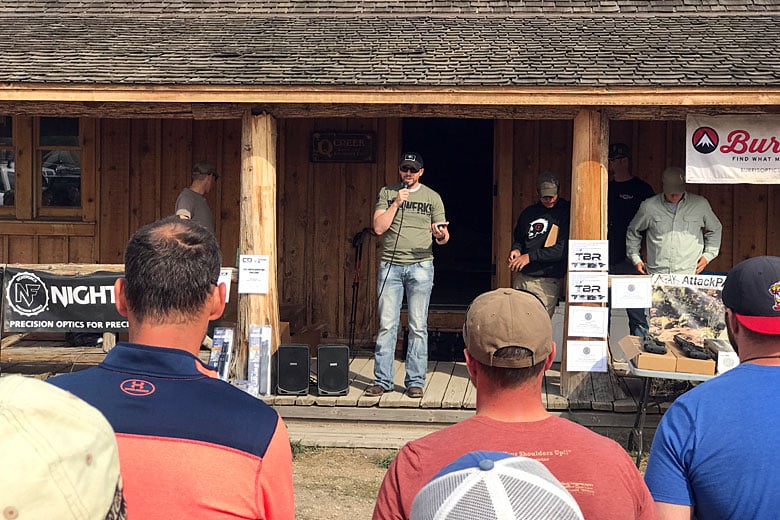
In the morning, we woke and packed up, then headed back down to the Q Creek Ranch for the awards ceremony. The mood was vastly different for this than it was prior to the event, as Zak Smith gave some opening remarks before handing the mic over to a spokesperson for the Governor of Wyoming, who thanked everyone for bringing the event to Wyoming and encouraged anyone involved in the firearms industry to consider moving to Wyoming.
The contrast between that attitude and the attitude of my own State of California towards that industry was stark, to say the least. We were definitely made to feel welcome in Wyoming, which wouldn’t have been the case in the People’s Republic of California.
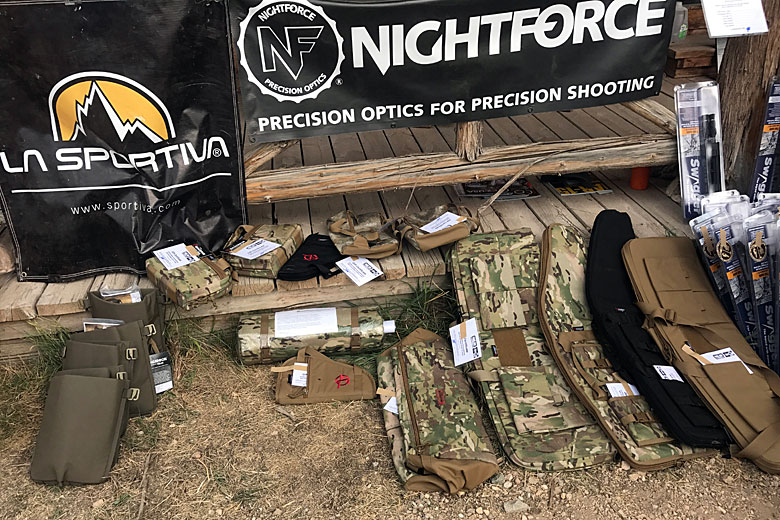
Jimmy of Competition Dynamics went through the list of sponsors for the event, thanking them for their donations of time and prizes, then Zak went through the list of competitors in the order they had placed, based on scoring. There were some top tier Military units highly represented in the highest placements and Medal of Honor winner Dakota Meyer and his shooting partner finished in 15th place out of 42 teams.
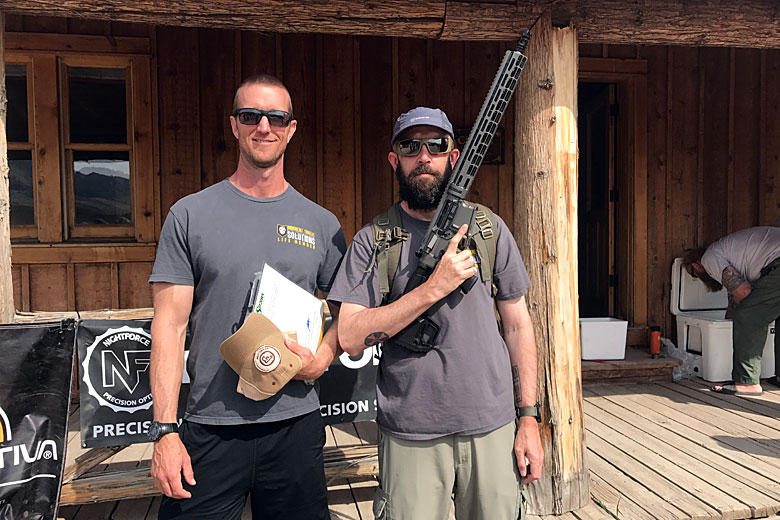
Falkor Defense had provided two rifles as prizes; the first one went to the first place finishing team, then the second rifle was pulled off the prize table to be given away as a “bottom half raffle” prize. My partner Paul and I were shocked to hear our team number called out as the winner of that raffle and we were told we’d have to fight each other to decide who got to keep the rifle. Sadly for me, the rifle wouldn’t be California compliant, so fighting wasn’t necessary to determine this, as Paul lives in actual America and could therefore legally keep it.
As the progression through the list of competitors continued, every single team ended up walking away with at least something from the prize table and event participants chatted with each other before loading up and rolling out to their respective homes.
Gear Performance
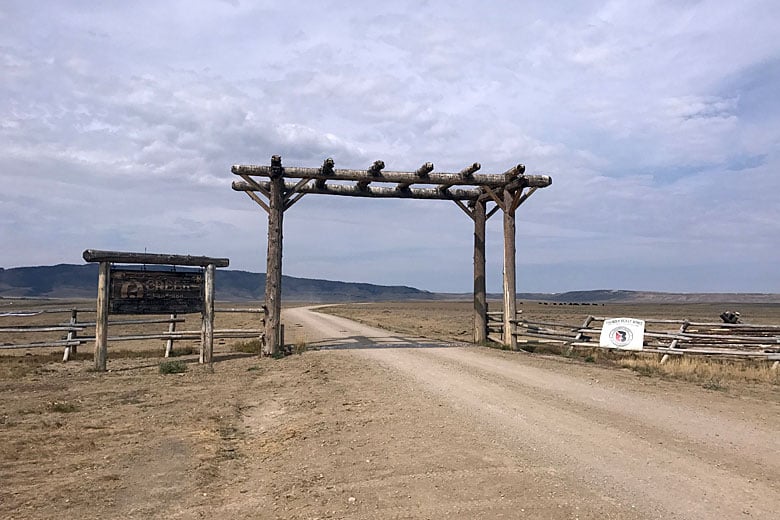
The Q Creek Ranch is a massive space, large enough according to Zak, to run four concurrent 24 Hour Sniper Adventure Challenges, which bodes well for future events at the same location. As Paul and I headed West, we both noted things that were awesome about the event, as well as things we could have done differently for better results in future events. Our plan to stick as closely as possible to the required gear list was a solid plan, though we would have benefitted from a better understanding of the nature and function of the team duffle bag. The bag allowed us to stash additional ammunition or food, as well as other gear that we may have wished to have, but wouldn’t know for sure if we’d need it or not.
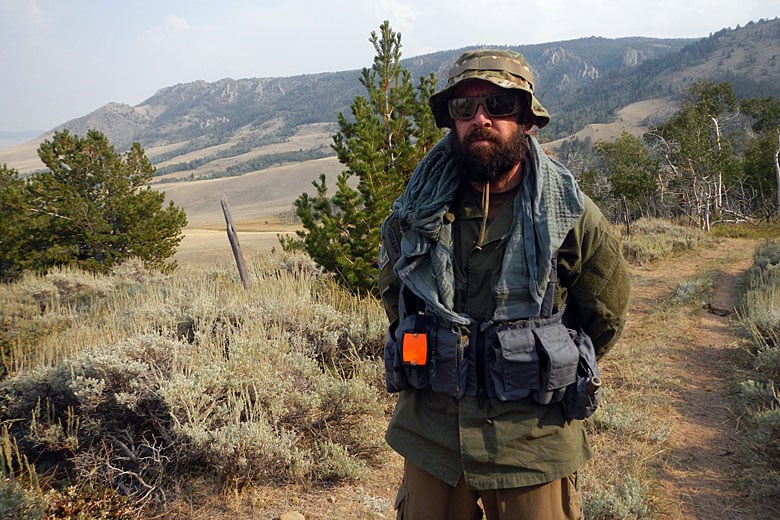
Personally, though I’d spent a number of miles under weight in my chosen pack, I still think I should have gone with a different pack, for two primary reasons. The first being that the straps of the Khard 45 are thin; too thin for carrying a heavy load for a long period of time. The second reason being that I really needed a better method of carrying my rifle; I’d used a Kifaru Universal Gun Bearer, attached to the back of the Khard.
Hill People Gear were one of the event sponsors and had their Pack Bucket on hand, which I contemplated buying the day before the challenge began. In retrospect, I should have done just that. I bought one the day of the awards ceremony and realized immediately that it was a superior system for carrying a rifle, particularly if I had gone with using a Hill People Gear Ute or Umlindi pack.
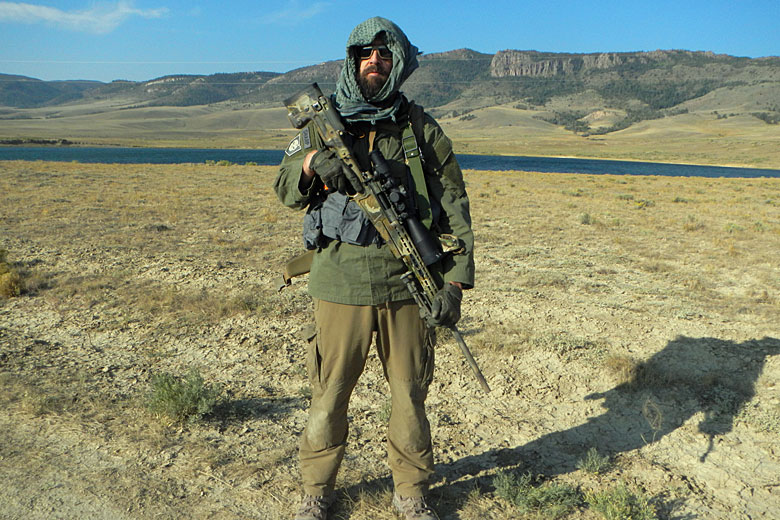
I also should’ve given more serious thought to buying/building a lighter weight rifle. My weapon of choice was the Remington 700 in an AICS stock, which while reliable and accurate, weighed in at about 19 lbs. The weight savings I made in sticking to the required gear list was largely negated by the rifle weight and inadequate carry method.
I’d also used an LBX chest rig to front-load the bulk of my ammunition, magazines, rangefinder and other equipment. This turned out to be an excellent method of evenly distributing weight, but proved toasty in warm weather. I used a Hill People Gear Recon chest rig to carry my Glock 19 and I could have possibly stuck with something along those lines to carry much of what I had in the LBX rig.
Never Again. Until Next Time.
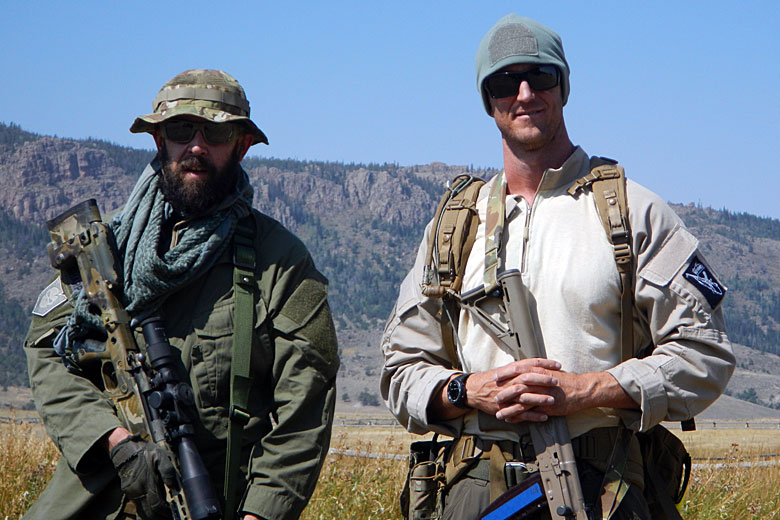
I turned 48 shortly before the event began and I definitely felt the effects of my age more than I had 5 years prior; though this was somewhat mitigated by having trained more for the event. Realistically though, if I was going to do something like this again, I’d make sure to train at least twice as much to feel like I had enough fuel in the tank.
One other thing I should’ve considered was footwear. In the first challenge, I’d made a last minute decision to wear brand new Asolo boots instead of the Salomon Quest 4Ds I was already comfortable with. This time, I went with a new-ish pair of Quest 4Ds (in the Lord’s Own Burro Brown), but I’d flirted with the idea of just wearing my Salomon Speed Assault Boots. Having spent roughly 32 hours on the course, those Speed Assault Boots would have been a perfectly serviceable choice. The only time that would have been dicey was on the descent from the CTS checkpoint and even that could have been solved with some athletic tape around the ankles. The weight savings of the boots would have been helpful and possibly reduced the size and intensity of the blisters I’m still nursing some six days after completing the challenge.
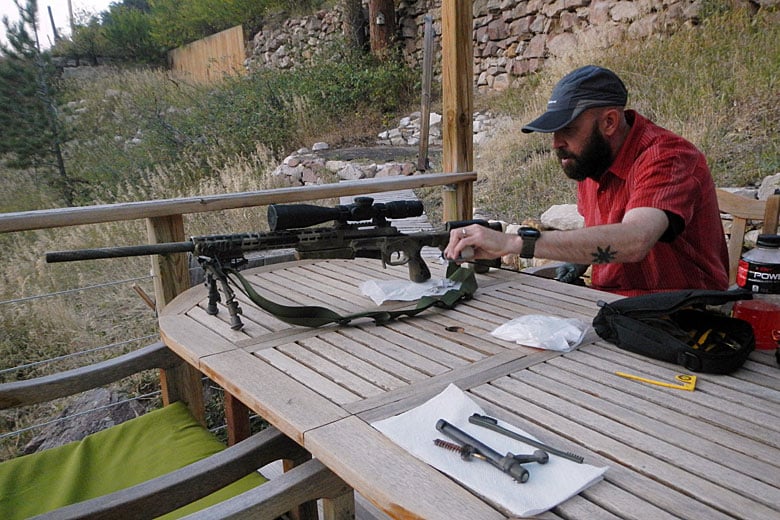
I’m content with our performance overall; just walking away alive felt like an accomplishment and walking away alive from a course with so many top tier finishers felt all the better. Right now, I’m still in “I’m never doing this again” mode, but I know this feeling is part of a cycle. That said, I’m giving some serious thought to acting as an RO for the next 24 Hour Sniper Adventure Challenge, as it would allow me to be a part of the event, while still allowing me more time to think about whether I want to do another one of these or not.
I also want to take the opportunity to say thank you to my partner, Paul Apple, to the team we bunked with, Bob and Nick, to Competition Dynamics for making this such a fantastic event, to all the sponsors for their time and donations and finally to all the other teams; the presence of which served as an inspiration to push past my personal limits to compete in an event like this. It was an honor and a privilege to be involved in this and I can’t imagine a better use of my vacation time, though my wife probably could.
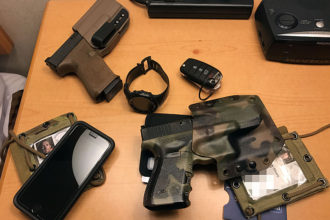
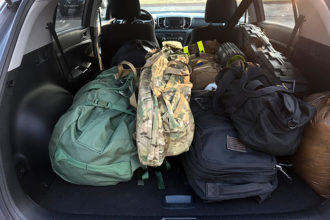
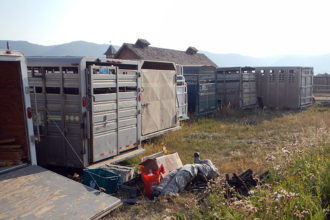
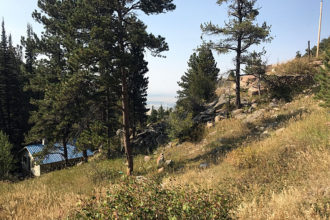
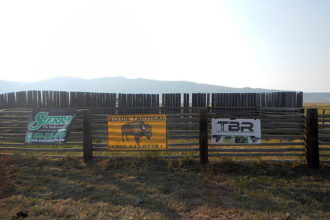
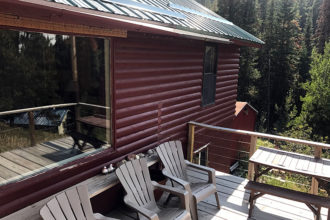
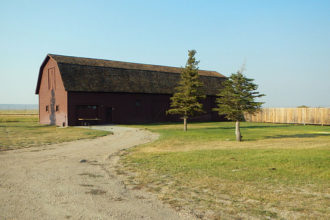
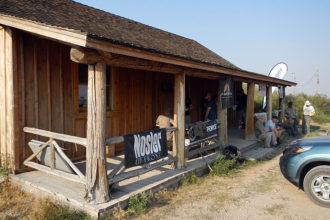

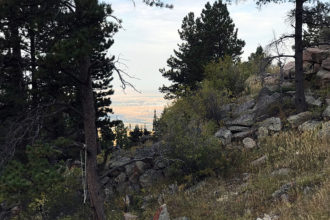
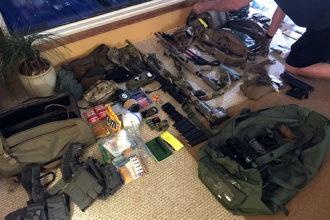
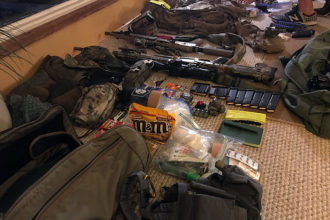
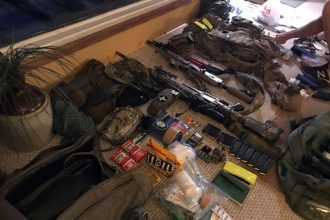
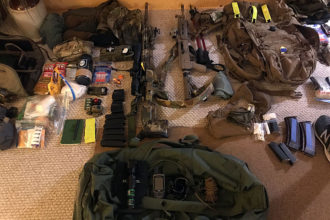
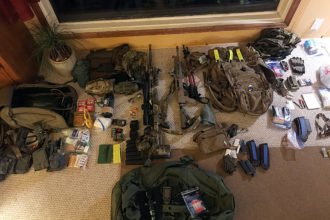
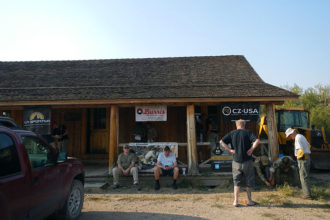
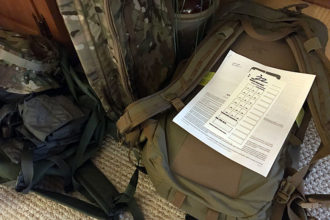
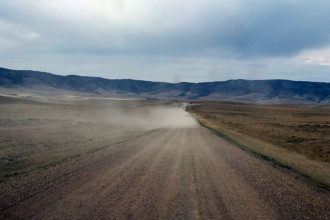
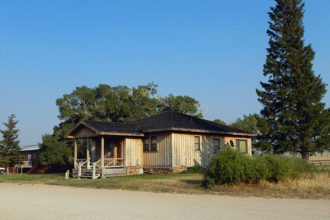
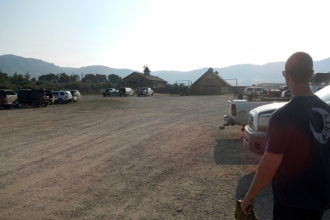
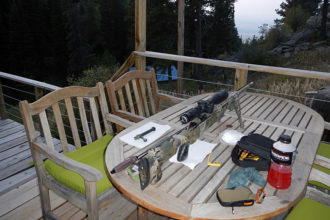
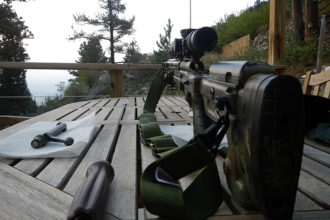
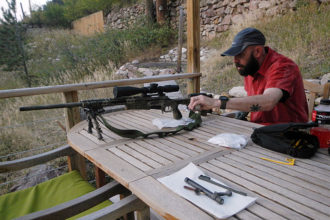
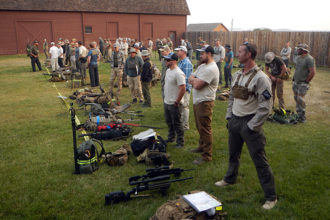
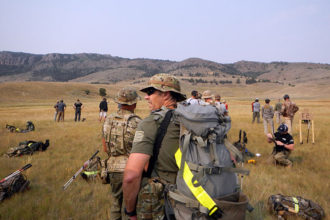
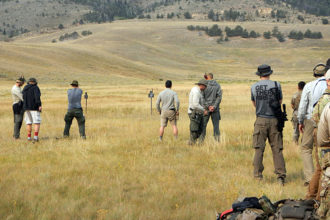
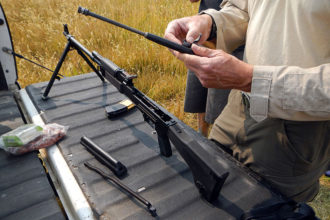
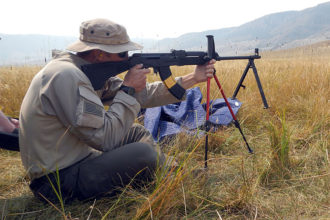
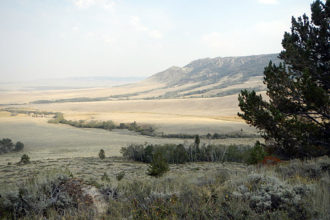
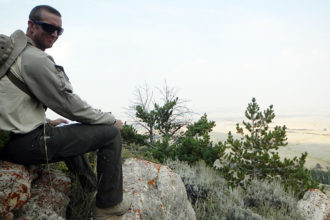
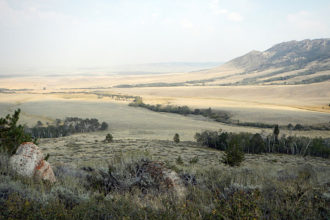
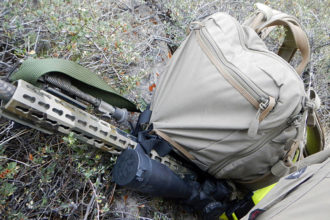
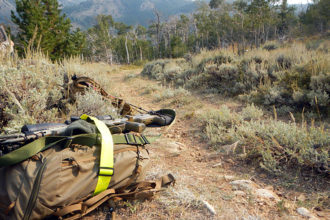
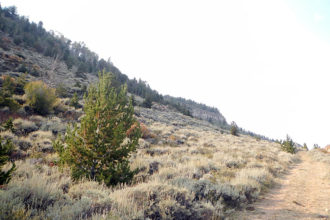
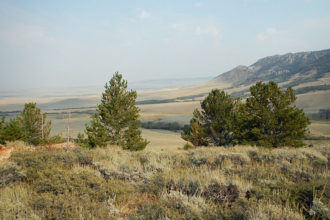
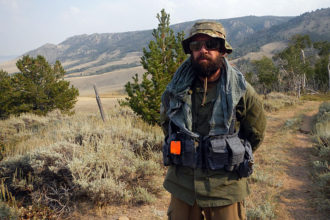
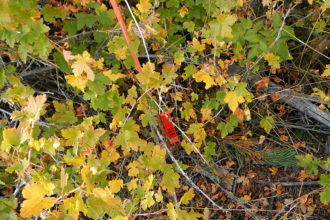
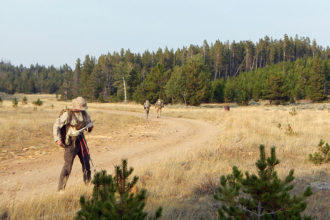
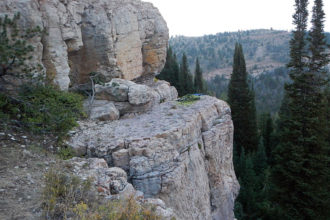
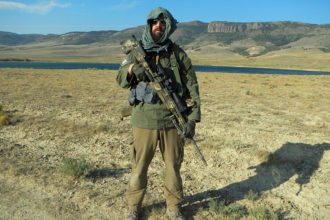
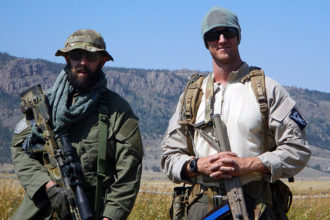
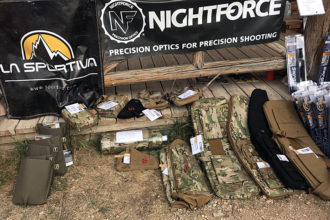
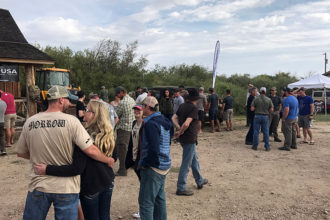
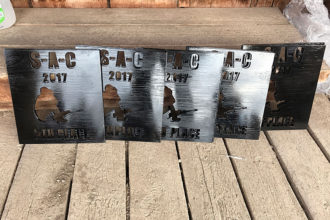
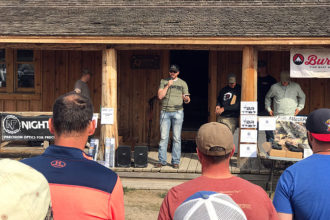
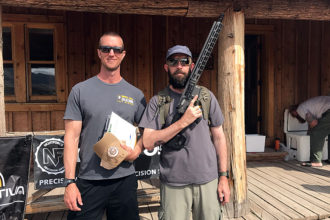
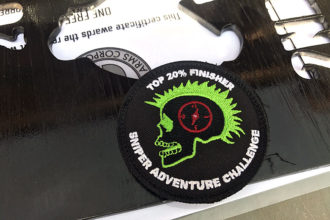
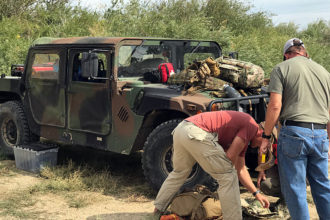
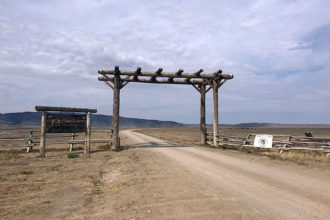
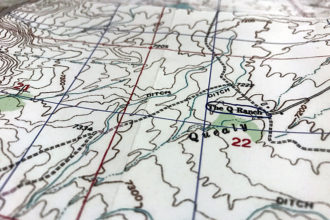
Editor-in-Chief’s Note: Matthew Sharp is a Plank Owner and Life Member at ITS and goes by the username “viator.” He lives in The People’s Republic of Northern California (for now) and enjoys long range shooting, carrying heavy objects great distances and fuzzy little puppies.






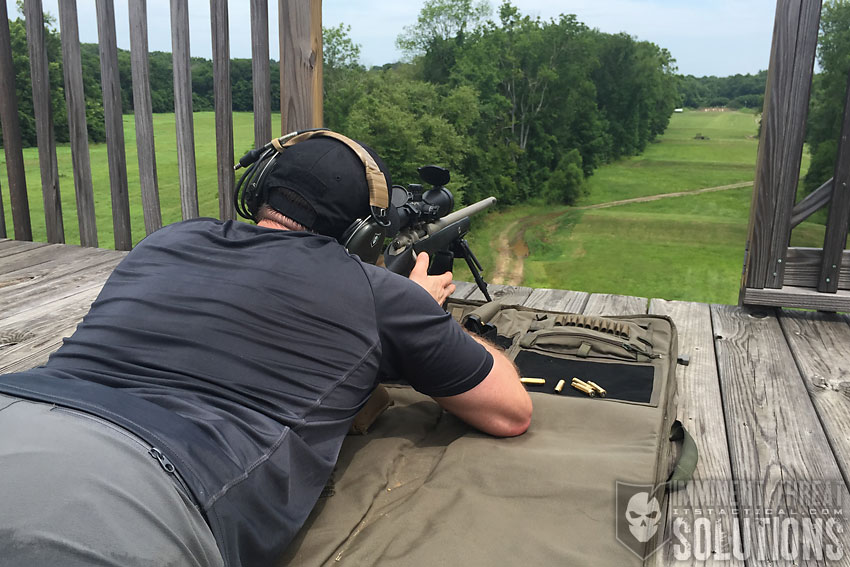
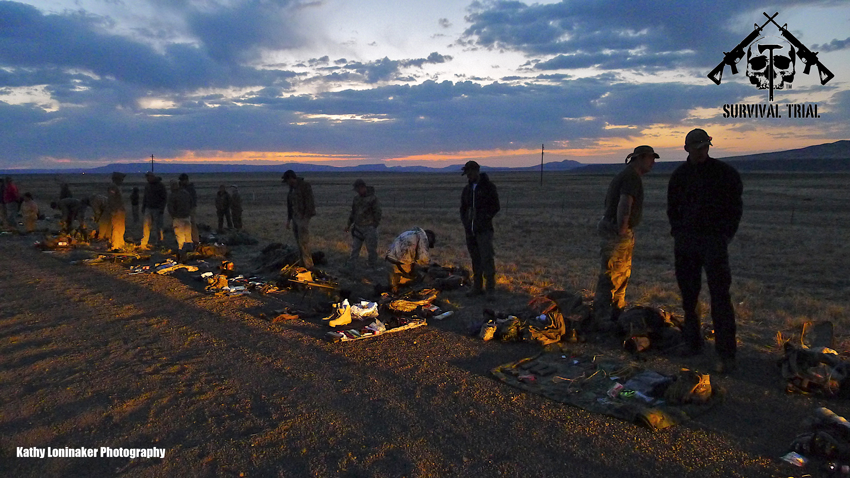
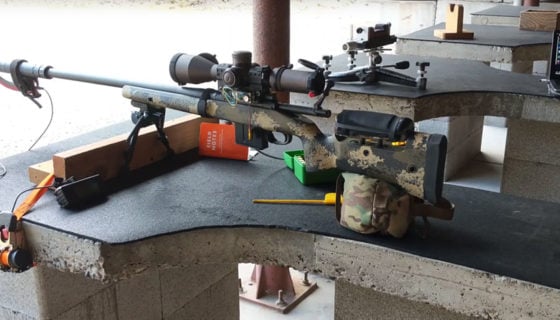
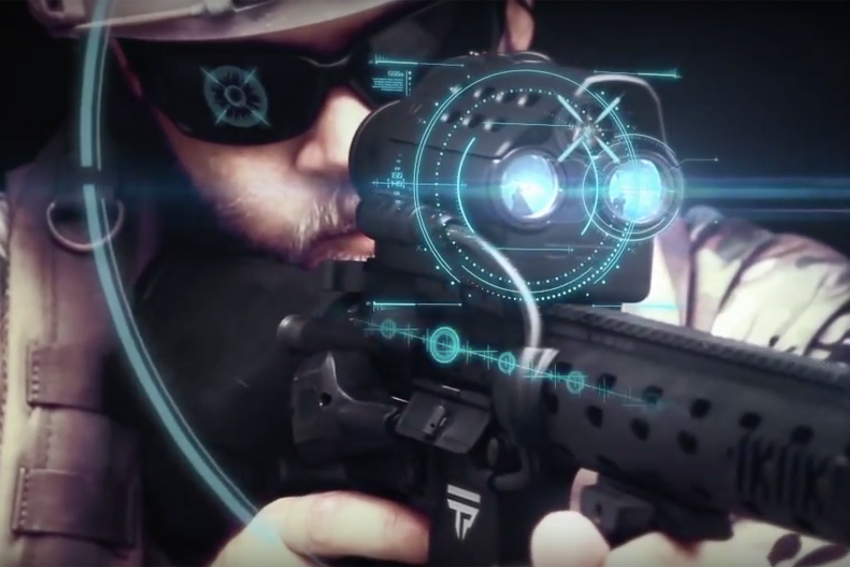

Discussion